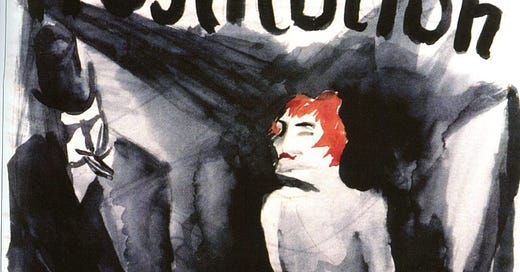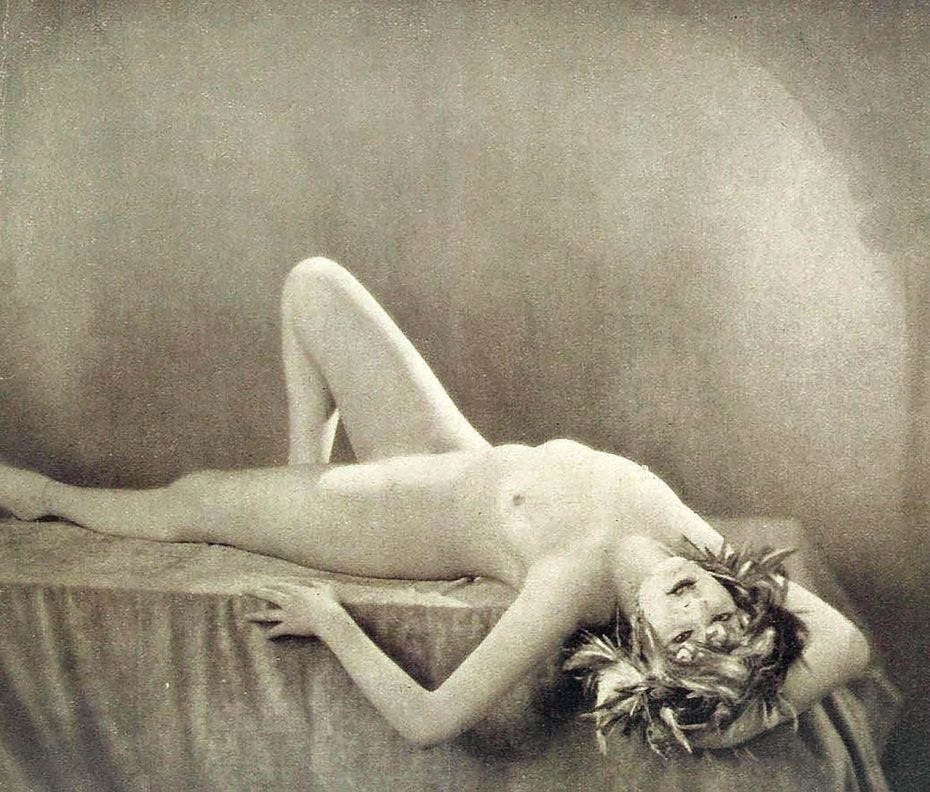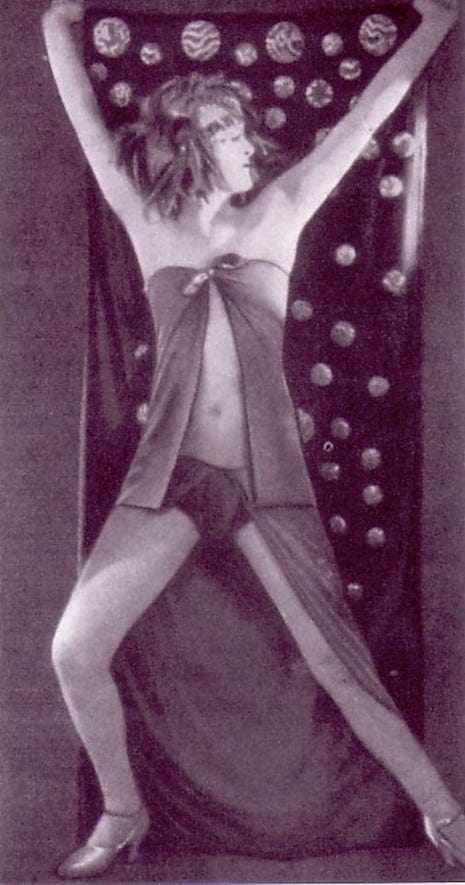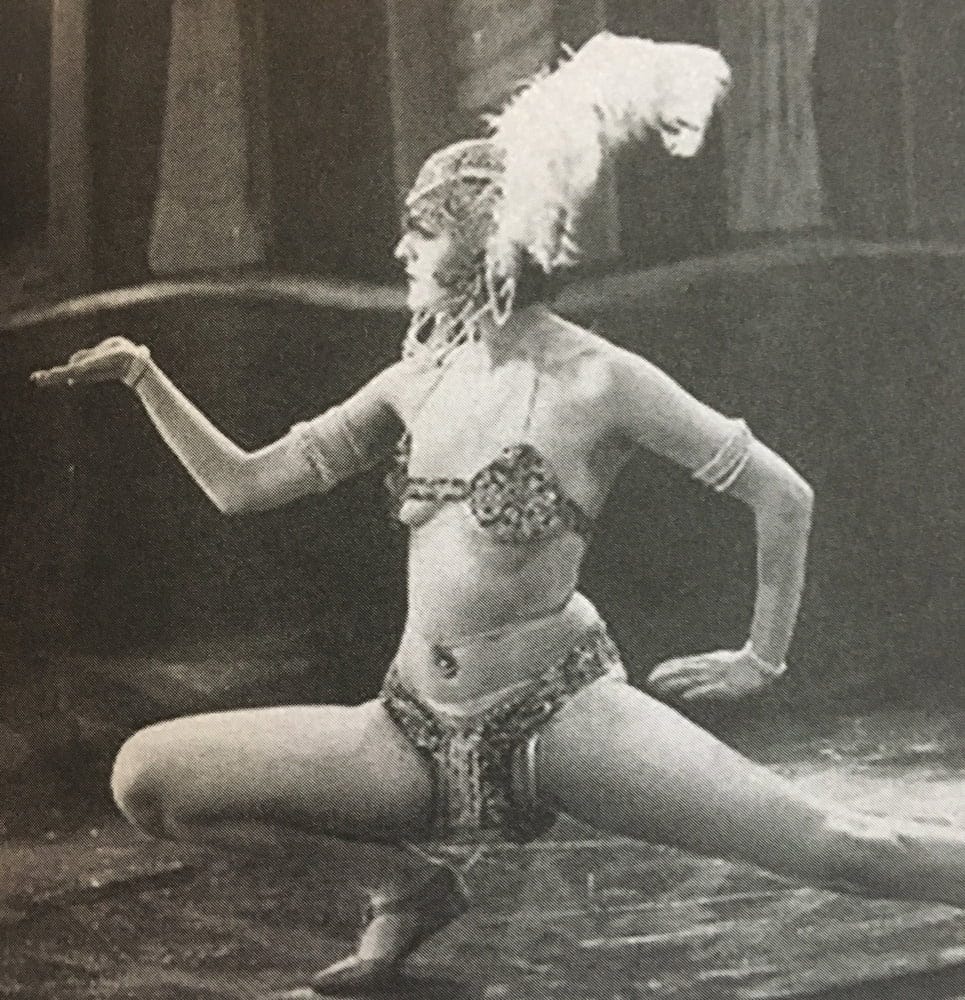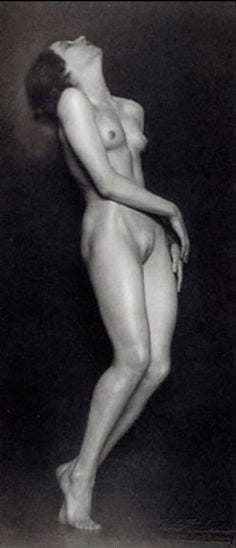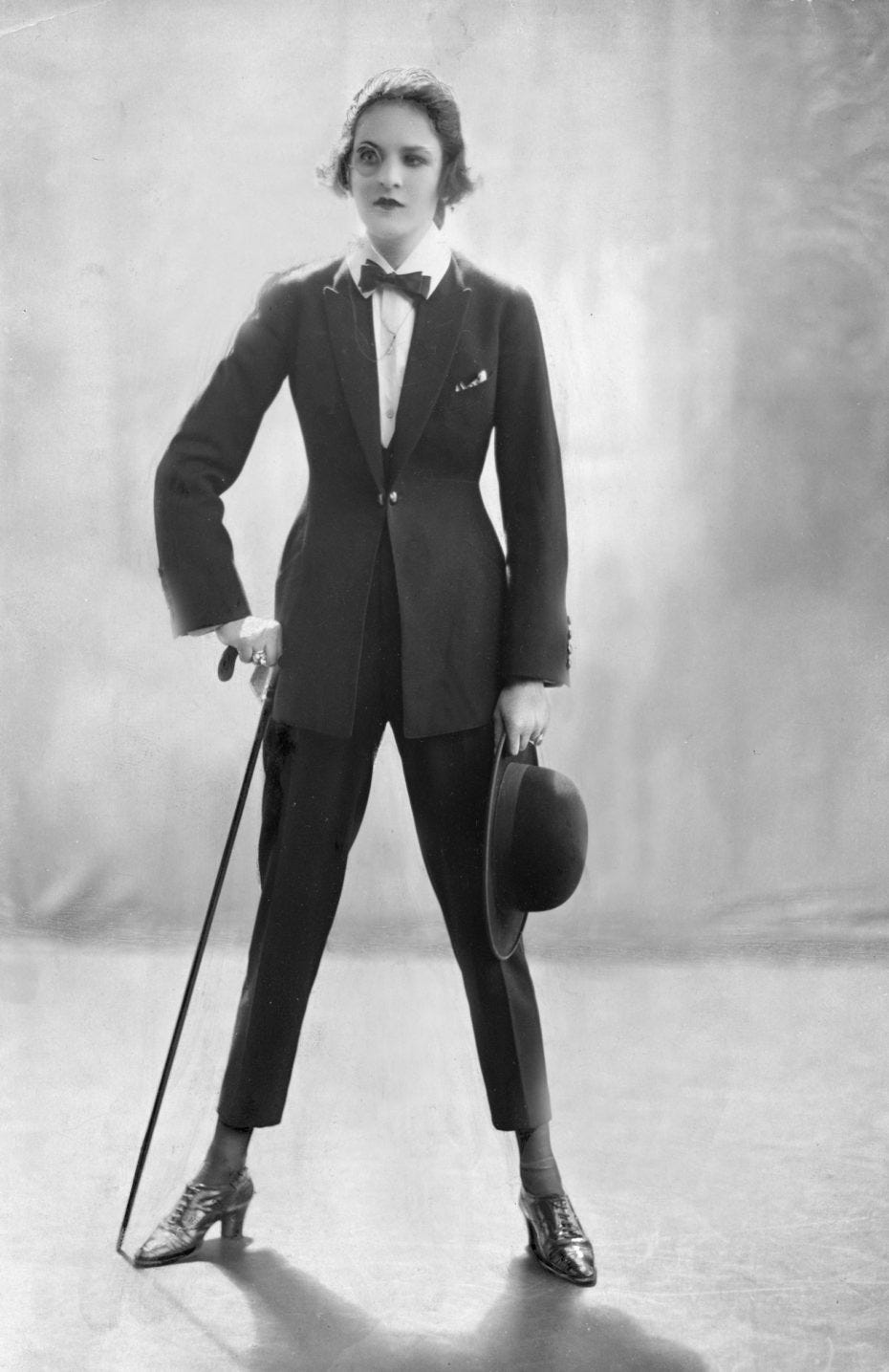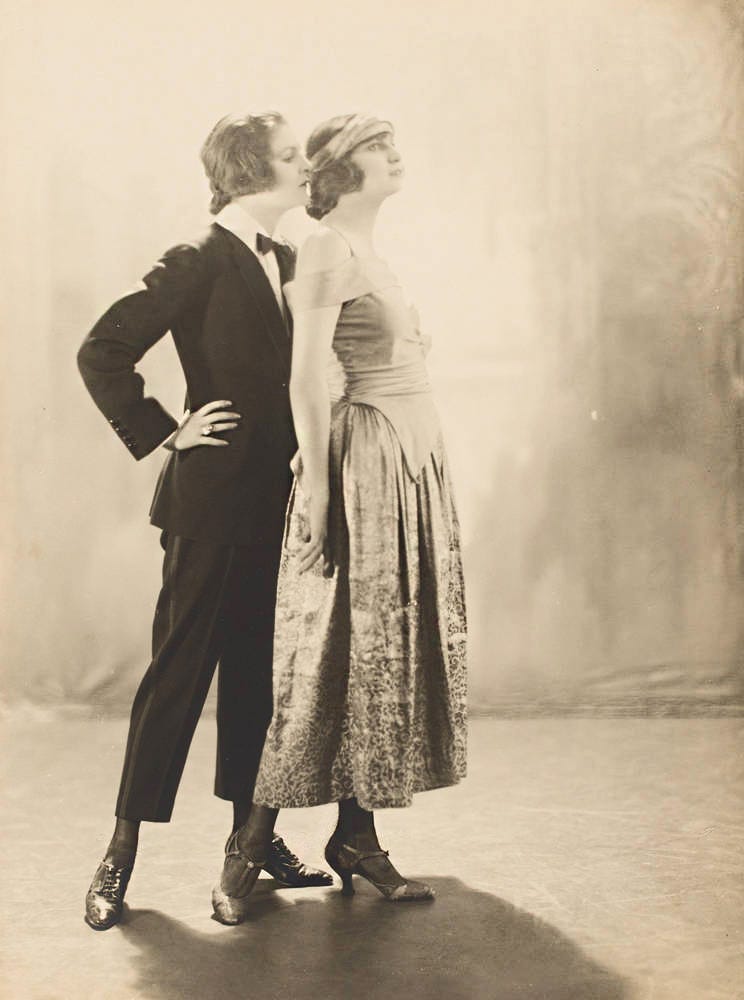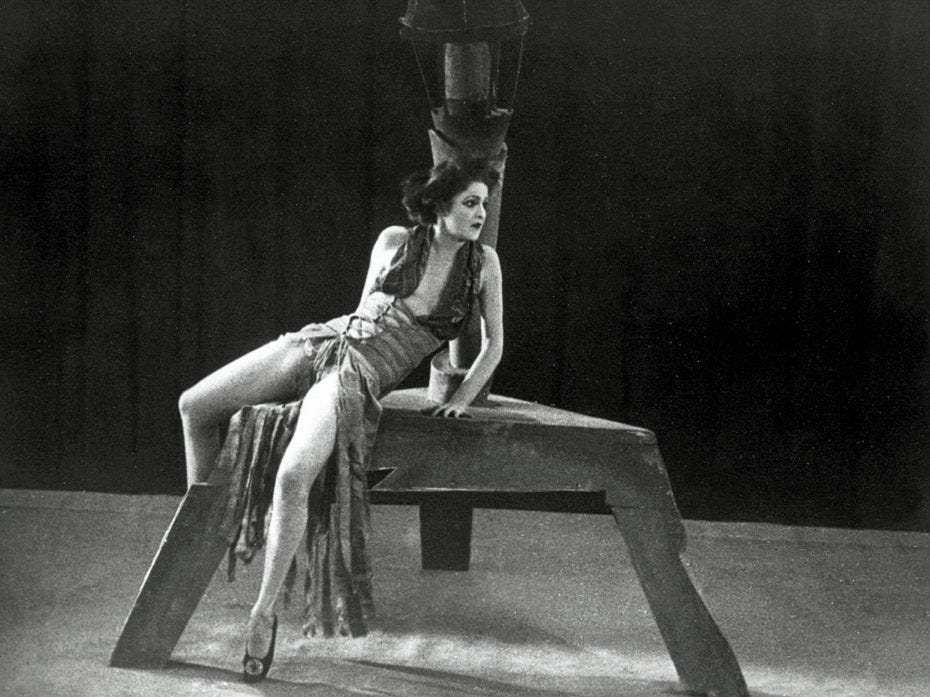She Couldn't Keep Her Clothes On: ANITA BERBER Shocked Weimar Germany! #1
Berlin is a city of ghosts and one of the most alluring phantoms is Anita Berber, the high priestess of debauchery.
BERLIN SIN CITY
A must see look at Berlin, Germany in the 1920’s the ‘sex capitol’ of Europe!
An eye-opening look at Berlin in the 1920's in the 'Weimar Republic' before Hitler came to power
NSFW
CLICK THIS LINK FOR BERLIN SIN CITY NSFW
Photo: Legal prostitution without restrictions meant there was no "red light" zone in Berlin. The entire city was a red light zone!
17 Reasons Why Germany’s Weimar Republic Was a Party-Lovers Paradise
Germany emerged from the First World War broken and disillusioned. Defeat in the Great War heralded the end of the monarchy, with the Kaiser giving way to the Weimar Republic, named after the small German city that had once been a hotbed of both artistic and scientific progress. Before long, American money was pouring into the new-look country, and people weren’t afraid to spend it. Whether because they wanted to simply forget the trauma of the war or because they realized that such peace and relative prosperity was bound to come to an end sooner rather than later, the German people partied hard. Indeed, from 1923 onwards, the ‘golden age’ of the Weimar Republic was characterized by its decadent parties just as much as it was for its economic troubles and weak governments.
The cabaret scene of 1920s Berlin is still famous to this day. Here, in dance halls and cabaret clubs, the old rules were tossed aside. Prussian conservatism gave way to sexual liberation, equality and hedonism. Gender rules were not just bent but smashed altogether. Indeed, some of the things that went on would even be shocking today. So, from drugs and sex to underage prostitution, gangsters and murders, here are some of the most scandalous aspects of this decadent decade:
Germany’s Weimar Republic Was a Party-Lovers Paradise
Anita Berber, renowned for her nude dances, thumbed her nose at censorship by taking it all off.
Born in 1899, Anita Berber came of age during the Great War. Her bohemian parents divorced when two and she was raised by her maternal grandmother. At 15, she began taking classes with famed contemporary dancer Rita Sacchetto, eventually becoming the star of the company. As war and the Spanish Flu ravaged Europe, Berber began working as a fashion model and made her first film. She was on tour in Bucharest when Armistice was declared.
Back in Berlin, the country was in mourning for two million people, food shortages continued unabated, and inflation increased to such an extent that by 1923, a wheelbarrow of money couldn’t buy a loaf of bread. In response, desperate Berliners reached for any available means to medicate their trauma or increase their chances of survival. The streets were awash in cocaine, heroin, and prostitution. Variety shows, gambling dens, gay bars, and transvestite clubs sprang up on every corner. Berber however, was coming up in the world. She was also an actress, seen in six films in 1919 alone, including Anders als die Andern (Different from the Others), one of the first silver screen offerings with a sympathetic portrayal of homosexuality. (1) You can watch the film here:
On the cabaret circuit, she began booking Expressionist solo shows at high end venues and choreographing her own performances, including one about a transgender Roman emperor Heliogabulus (the one history conveniently forgot to tell us about). In another dance, she appeared as Salomé emerging from an urn of blood, wearing nothing but a purple cloak. Disrobing, she painted her nude body in blood to the lush strains of Richard Strauss’ opera before sinking back into the urn. (2)
Here is a tribute to her dances:
With nudity such an everyday part of German culture now, it’s hard to believe that Berber’s Salomé was shocking to Berliners. There’s even a five syllable word for German nudist culture – Freikörperkultur or FKK for short. But the FKK movement didn’t start until 1919 when the newly established Weimar Republic abolished censorship in everything except film.
Much has been written about Berber’s nude dances, a lot of it salacious. “I’m not a nude dancer,” insisted Berber in a 1922 interview. Nudity was definitely part of her dances, but the eroticism in her movements were always tied to death, despair, and the grotesqueness of life. In other words, she was a Goth. Or an Expressionist, as they called it in those days. Still, she is quoted as once saying,” “If everyone had a body like me, everyone would be walking around naked.”
In 1919, when she started stripping on stage, she also married into aristocracy. Nothing is known of her husband Eberhard von Nathusius except that he was the grandson of a Prussian politician. With von Nathusias’ money, she moved into a suite at the Hotel Adlon with her pet monkey. She openly continued seeing both men and women, including, it is said, a young Marlene Dietrich who had just ditched violin conservatory for a place on the kick line at Guido Thielscher’s Girl-Kabarett. (3)
By then, Berber was a style icon and she set off a trend in 1921 when she appeared at Rudolf Nelson’s musical revue Bitte Zahlen! (Please Pay!) wearing an impeccably cut double-breasted tuxedo and a monocle. “For a while, the fashionable women in Berlin copied everything. Except for the monocle,” said Austrian author Siegfried Geyer. Dietrich apparently caught tuxedo fever from Berber and ran with it all the way to Hollywood:
Berber’s career on the ascent, she performed regularly at renowned director Max Reinhart’s cabaret Schall und Rauch (Sound and Smoke). She then scored an uncredited role in Fritz Lang’s film Dr. Mabuse, The Gambler where she can be seen in her signature tuxedo doing high kicks and suggestive shoulder jiggles. (4)
Anita Berber whispering sweet nothings in the ear of a dance partner in “Bitte Zahlen!” 1921.
Berber and Nathusius divorced in 1921 and she moved in with her girlfriend Susi Wanowsky, who later opened the lesbian bar Le Garconne. Then, for better and for worse, Berber ditched Susi for queer con man, eyeliner enthusiast, and Expressionist dancer Sebastian Droste.
With Droste as her partner and manager, Berber’s life and career jumped tracks and veered off into a rollercoaster ride that is still giving people whiplash. The two brainstormed a program of macabre choreographies over copious amounts of cocaine and began rehearsing what they called Dances of Vice, Horror and Ecstasy. Berber created her best-known works: Morphine, Cocaine, Martyrdom, Suicide, The Corpse on the Dissecting Table. They also collaborated on a book of poems and illustrations to give another dimension to their artistic intent. (5)
Dances of Vice premiered in Vienna at Great Konzerthaus-saal in November 1922. According to Czech choreographer Joe Jenčík who was in the audience, Morphine began with Berber in an armchair injecting herself with a syringe, whereupon she “thrust her body in an incredible arch, like a morbid rainbow.” As drug-induced visions arose before her, she performed hazy, broken, incomplete movements. Then the drug finally “stabbed” her and she contorted into the arch again, before sinking into the chair and dying. Let’s just remind ourselves – this was 1922.
Coming in part 2: She does a horror movie that launches a genre that still exists today!
Behind the paywall: OPIUM from 1919
Keep reading with a 7-day free trial
Subscribe to Classics Of The Silent Screen to keep reading this post and get 7 days of free access to the full post archives.

